
Hermit Thrush
Mourning Warbler is not only a rare species that, when seen, is usually passing through Virginia during migration, but is also a secretive species and difficult to see even if you hear one singing. However, there are a few locations in the Allegheny Mountains where they are rare summer residents. My favorite place to look for them is on Paddy Knob, accessed on Public Road 55 off of Highway 84, south of Monterey, Virginia. PR 55 runs along the Virginia/West Virginia border, and is about a two hour drive each way from where I live in Crozet.
My birding pal, Walt Childs, and I have been on Paddy Knob looking for Mourning Warblers three times in previous years, and were successful the last two times, in June 2013 and June 2016. Both of these trips were during the first few days of June when leaf cover was less of a problem than this late in the month. Most of the reports of Mourning Warblers on Paddy Knob have been just after starting the ascent from Highway 84, in or near a small clearing accessed off a small gravel road a mile or so up the mountain, or along another small clearing not too far past the first one. Dense tree cover blocks the view of these two clearings, but the gravel entrances are not too difficult to locate. Most of the reports of Mourning Warblers there are "heard only" reports, and the second clearing is where we saw this species in 2013 and 2016.
On today's trip, Walt and I heard a Mourning Warbler singing soon after exiting Highway 84 just before 11:00 a.m., but were unable to locate the bird. We had already decided to skip the first clearing as we knew that it would be full of tall grasses and other vegetation, and were concerned about the heavy tick population this year. When we drove passed the first gravel road, we decided to stop there on the return down PR 55, but not hike that road into the clearing. On the drive up to the second clearing and back down, finishing at 3:30 p.m., we ended up with 25 avian species, including 7 warbler species. Of the 18 non-warbler species, two of them really surprised me. Some of these non-warbler species are uncommon, but not unusual, to see in the summer here in the mountains of Virginia, but I did not expect to see a Hermit Thrush or a Yellow-bellied Sapsucker this time of the year.

Hermit Thrush
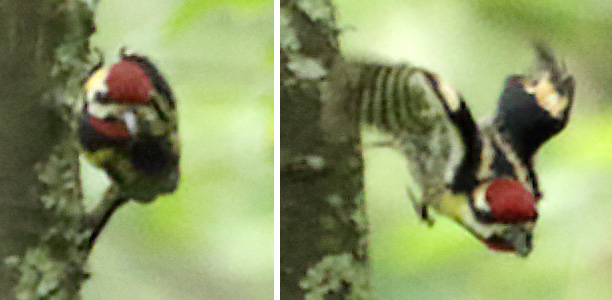
Yellow-bellied Sapsucker
Non-warbler species seen on Paddy Knob on this trip:
Hairy Woodpecker Yellow-bellied Sapsucker Eastern Wood-Pewee Least Flycatcher Eastern Phoebe Red-eyed Vireo Black-capped Chickadee Wood Thrush Veery Hermit Thrush Northern Cardinal Indigo Bunting Eastern Towhee Chipping Sparrow Dark-eyed Junco |
As soon as we started birding along the road at the second clearing, we saw several Chestnut-sided Warblers.
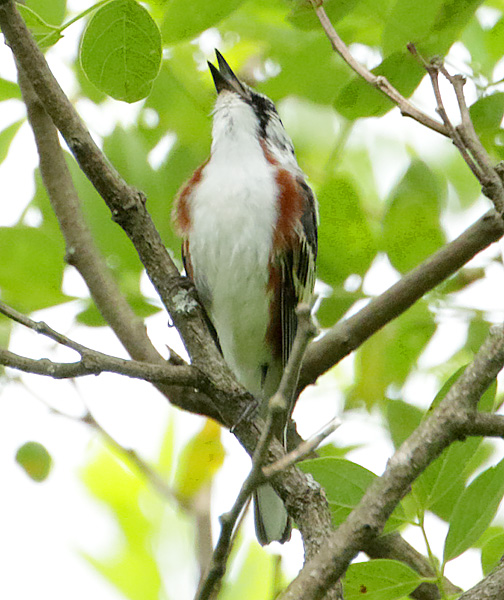
Chestnut-sided Warbler
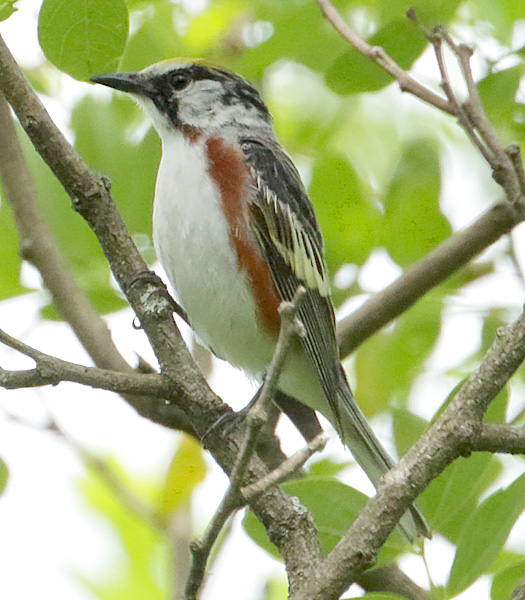
Chestnut-sided Warbler
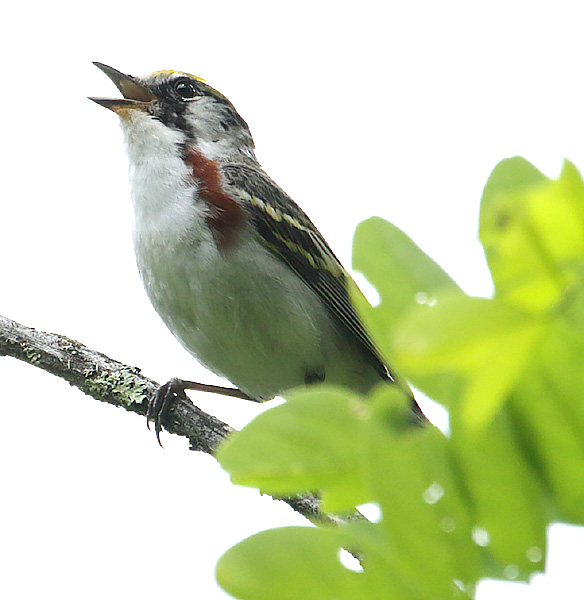
Chestnut-sided Warbler
We hiked up and down the road there for about 45 minutes, as this was the location for seeing Mourning Warblers on the previous two trips there. And then success! There were at least two of them hiding in the dense vegetation along the road, and I was able to get a few photos of one of them.
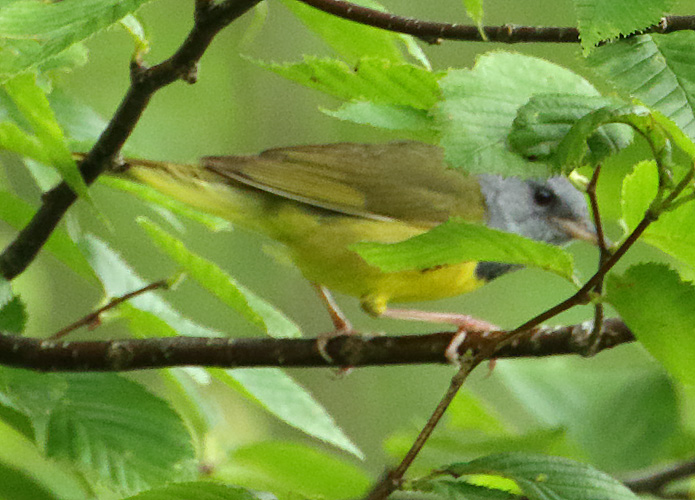
Mourning Warbler

Mourning Warbler
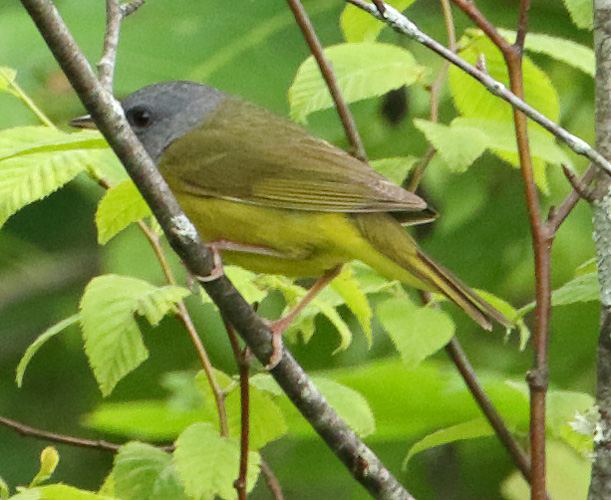
Mourning Warbler
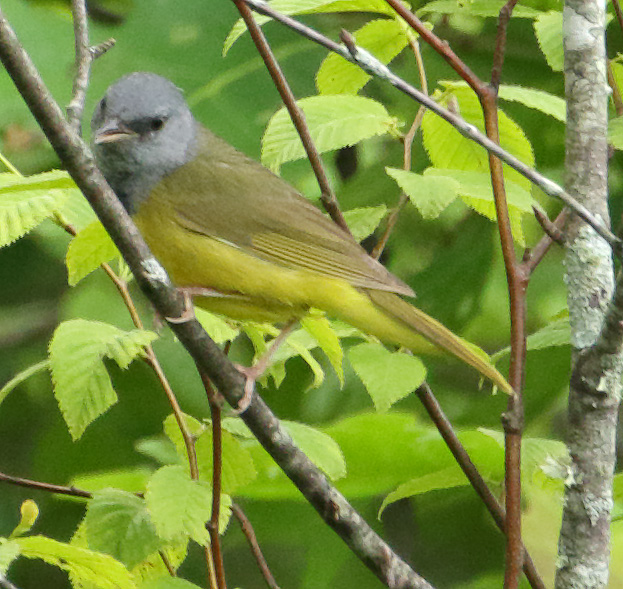
Mourning Warbler
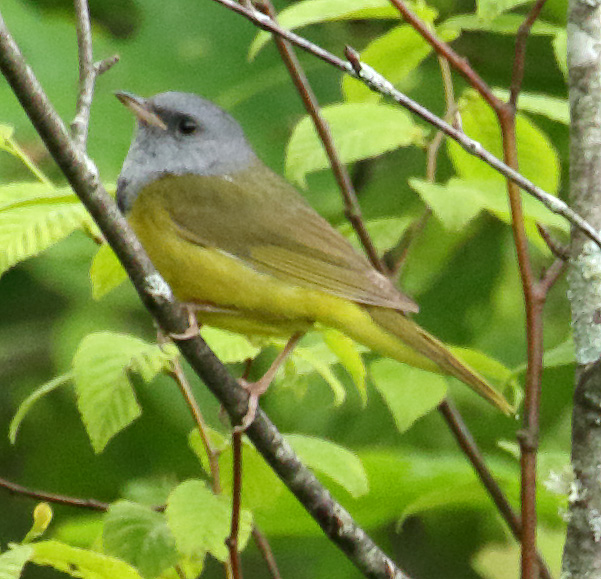
Mourning Warbler
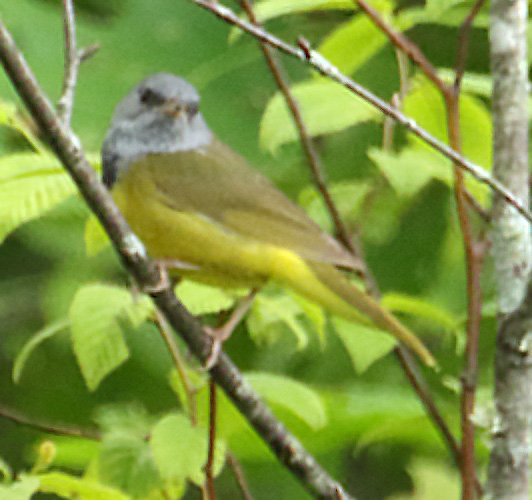
Mourning Warbler
As we started our return, we saw Ovenbirds flying back and forth across the road, but I wasn't able to get a photo of this species until farther back down PR 55.
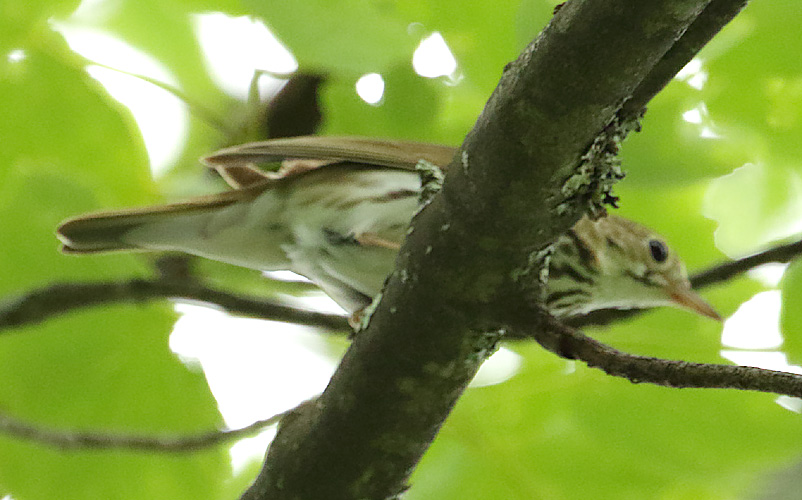
Ovenbird
We stopped at the gravel road at the first clearing that we had passed on the way up to the second clearing. There was a male American Redstart and another Chestnut-sided Warbler. And then I saw a yellow breasted and brownish backed bird fly across the road. I only got a quick glance of it, but it looked like a juvenile, or possibly a female, Mourning Warbler. Then we heard a Mourning Warbler singing, and a male Mourning Warbler flew across the road and into tree cover. I moved a bit to try to locate it, and was really lucky. It was preening itself, and didn't know, or didn't care, that I had a good view!
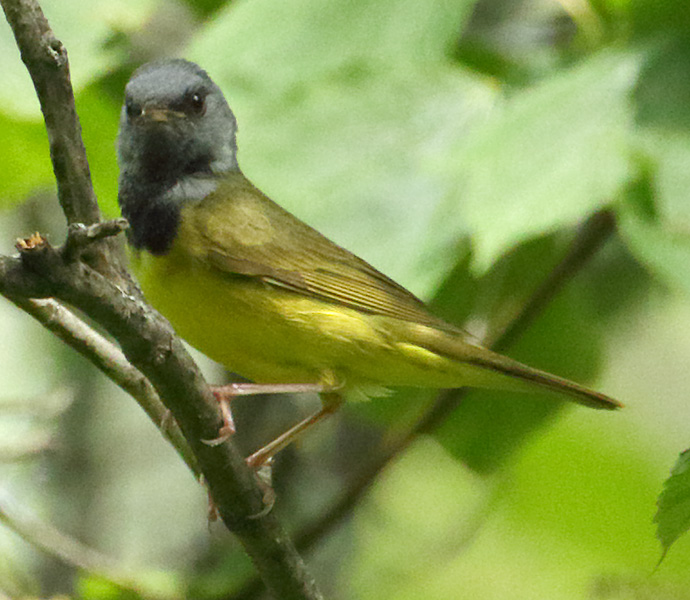
Mourning Warbler
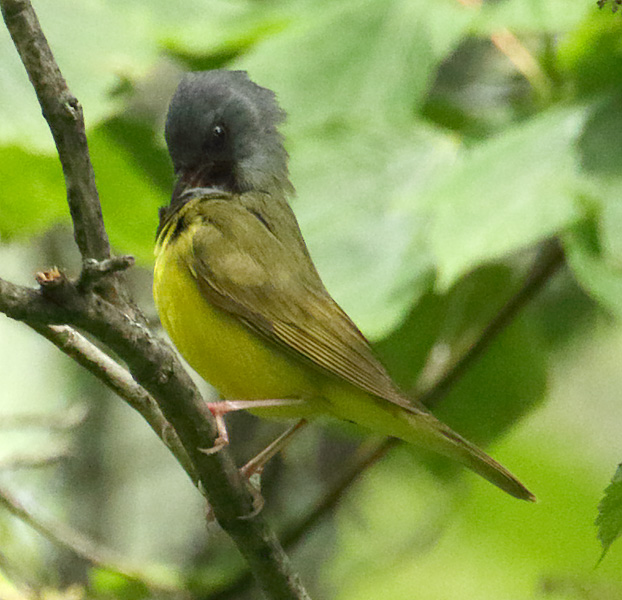
Mourning Warbler
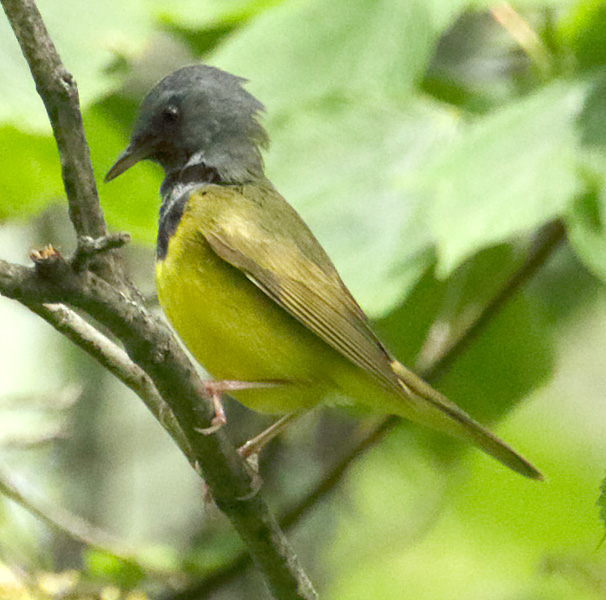
Mourning Warbler

Mourning Warbler

Mourning Warbler
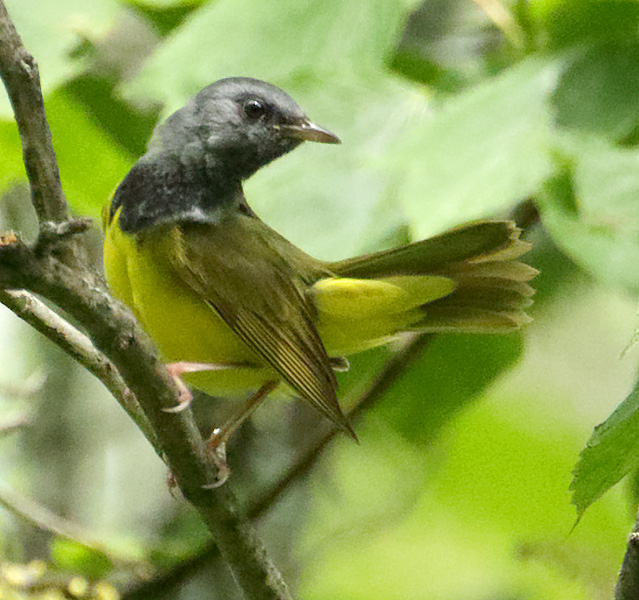
Mourning Warbler

Mourning Warbler
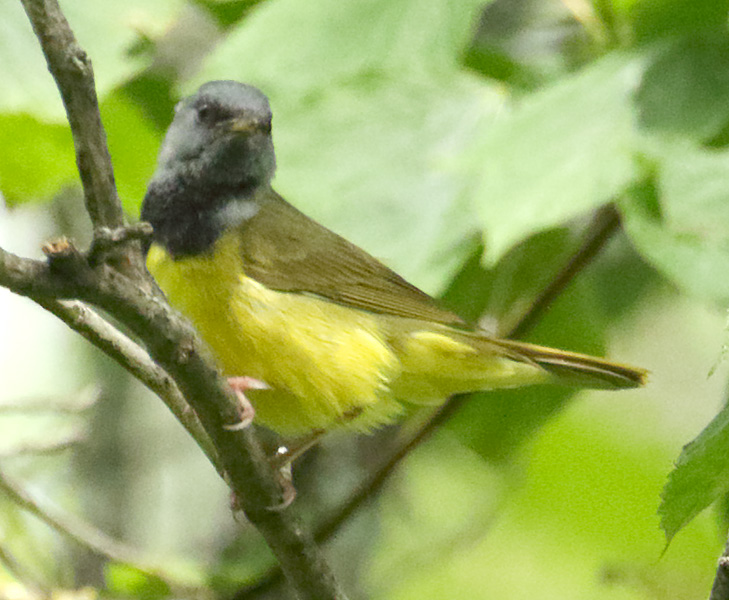
Mourning Warbler

Mourning Warbler
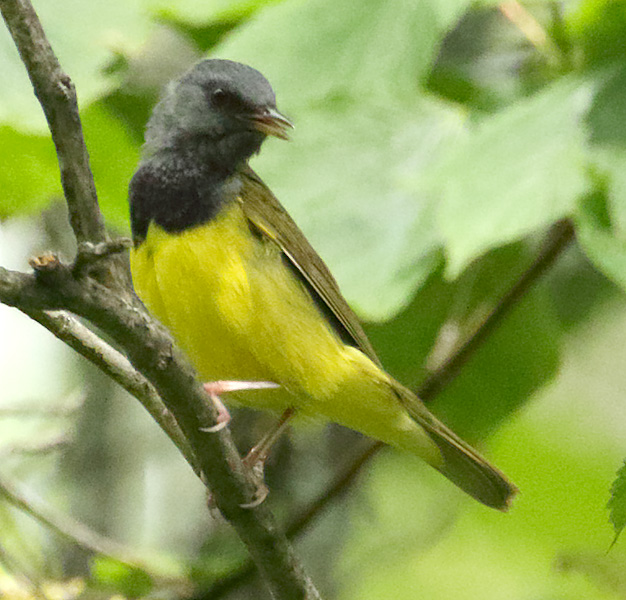
Mourning Warbler
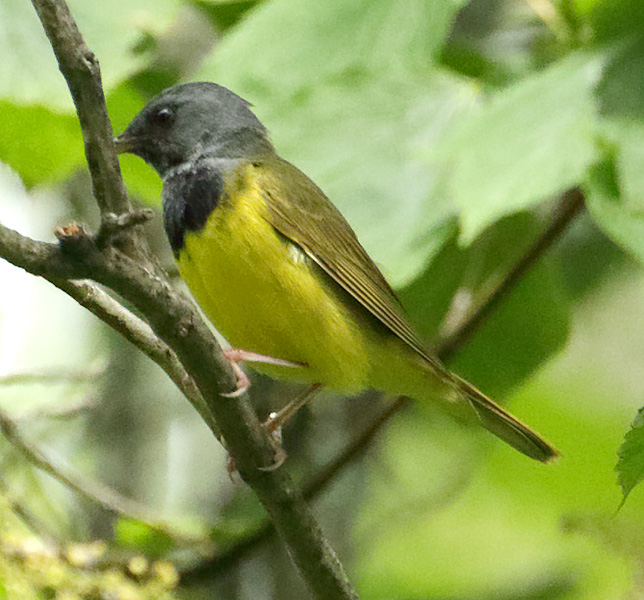
Mourning Warbler
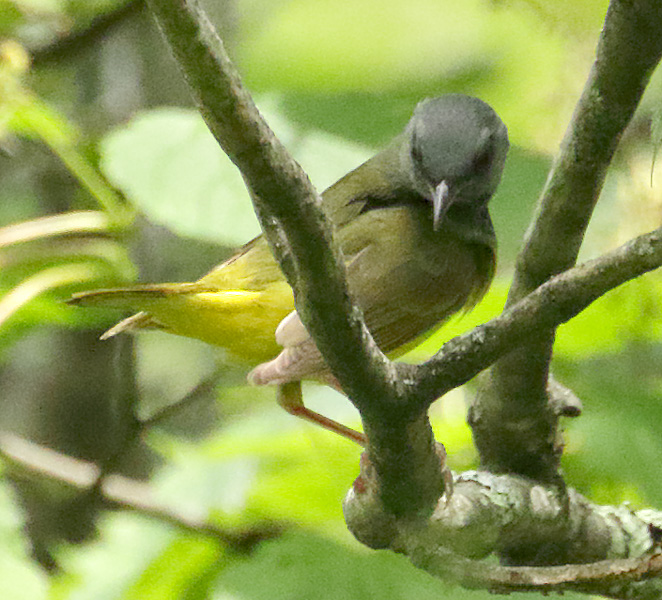
Mourning Warbler
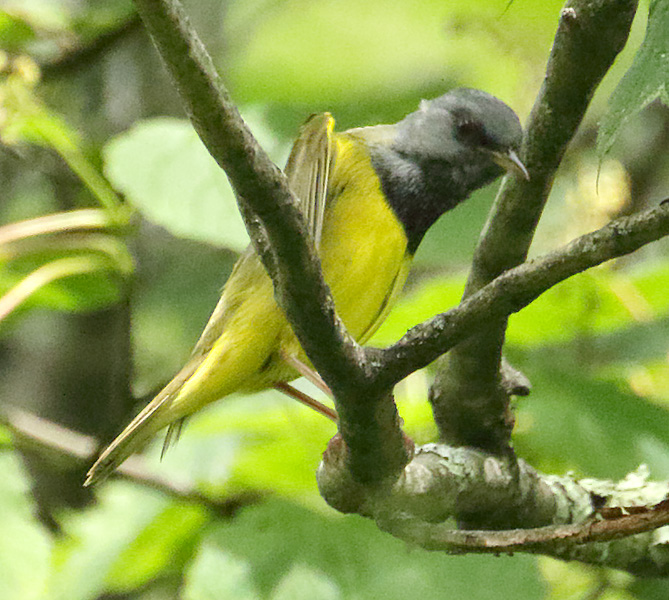
Mourning Warbler
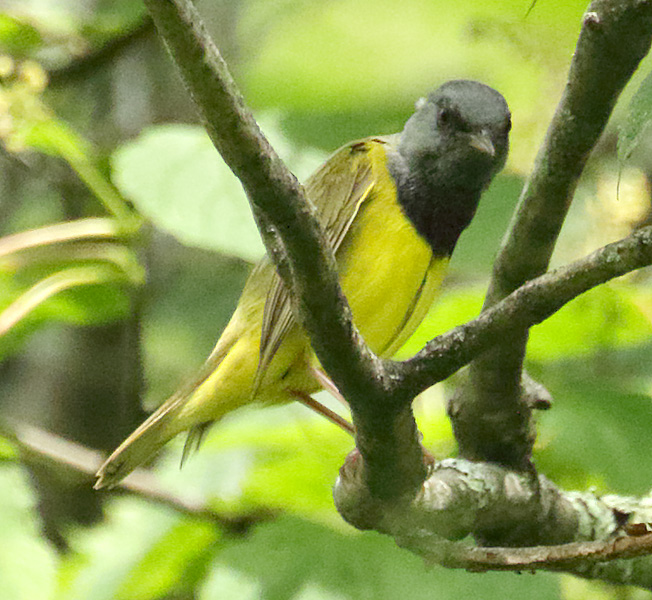
Mourning Warbler
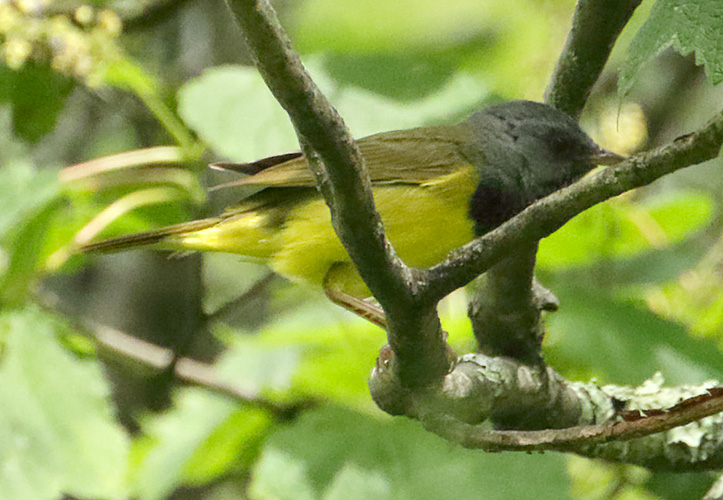
Mourning Warbler
We saw three more warbler species on the way down.

Black and White Warbler

Black and White Warbler
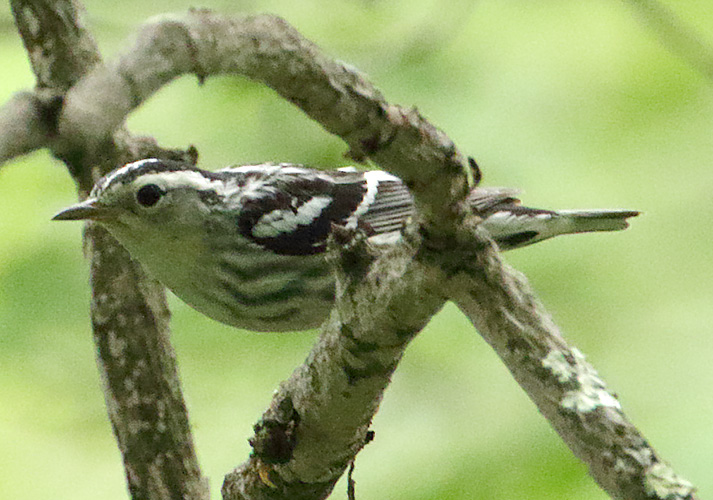
Black and White Warbler

Canada Warbler

Female American Redstart
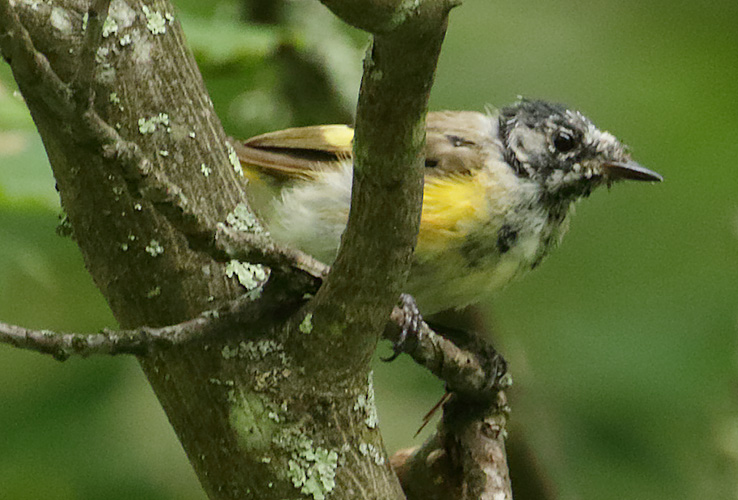
First summer male American Redstart
There were a couple of Black-throated Blue Warblers there, and the one I was able to photograph appears to have white eyes. I have never seen this feature on a Black-throated Blue Warbler before. There is a subspecies, cairnsi, of Black-throated Blue Warblers that resides in the Appalachian Mountains, and perhaps this eye feature is not uncommon?
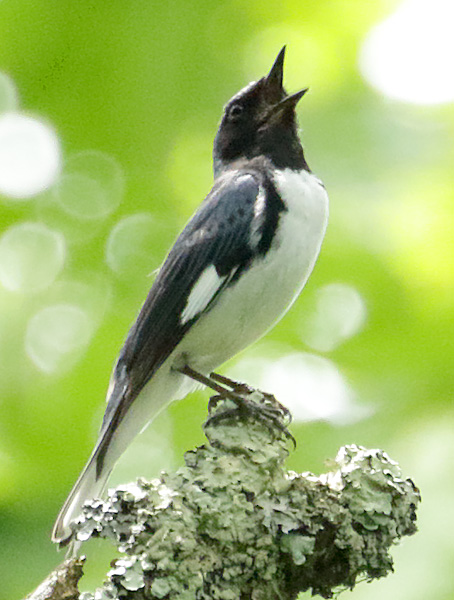
Black-throated Blue Warbler
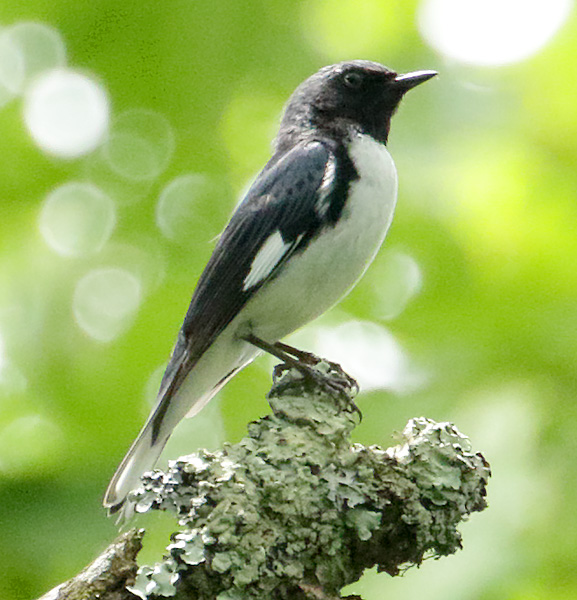
Black-throated Blue Warbler
Well, I must say that this was a good birding trip!